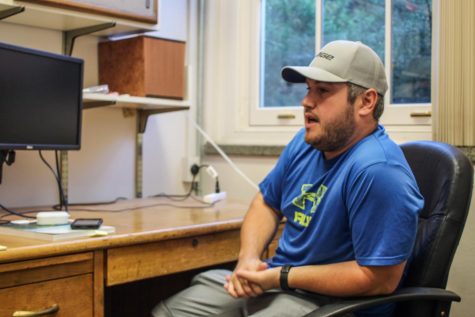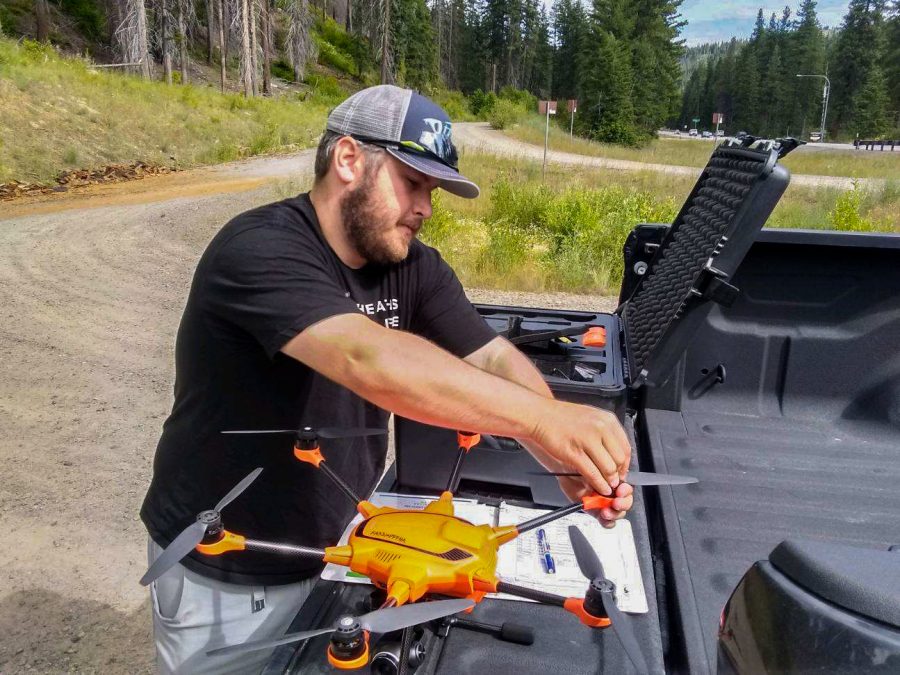Grad student uses drones to study salmon
Drones are more cost-effective, less time consuming way to monitor fish numbers
Using a drone as opposed to driving a boat to monitor the amount of salmon is more cost-effective and less time consuming says McLain Johnson, Washington Department of Fish and Wildlife fish biologist.
September 6, 2019
WSU graduate student Daniel Auerbach is using drones to help the Washington Department of Fish and Wildlife (WDFW) monitor salmon spawning points, also known as redds.
The research focusing on summer chinook salmon will begin Friday.
Auerbach said he started monitoring summer chinook salmon a few years ago when he worked for the WDFW. He continued his research with WDFW at WSU for his thesis.
“It was a good fit that they have historic data and know where the spawning occurs,” he said.
Auerbach said he is working alongside WDFW fish biologist McLain Johnson. Their current research will be done along three areas of the Wenatchee River over the next two months.
He said it is important to monitor the salmon-spawning areas because they are a vital species to the oceanic ecosystem. The salmon species in Washington are currently at a low population and becoming endangered.
Salmon are a popular species to fish as food, Johnson said, and are a big part of tribal heritage.
“It’s valuable to understand just how many we have,” he said.
Knowing how many salmon are available is the first step to conserving the species, Johnson said.
He said the current method of monitoring salmon is taking a boat down the river and manually counting them at the spawning areas.
Using a drone to record the data of the redds is thought to be more cost-effective and takes less time than manually counting them, Johnson said. It gives more accurate data and is an easier method to record spawning areas.
Auerbach said the use of drones and other technology for wildlife research is becoming more common, and it is predicted that the use of drones will only increase.
“This is the first big drone study in fisheries,” Auerbach said.
He and the WDFW are hoping to get accurate data from this research about the health and reproductive status of the salmon population, Auerbach said.
He is planning to continue his research with the salmon population after he earns his master’s degree, he said.

Daniel Auerbach, Graduate student, talks about his drone research, starting Friday, on salmon nesting on Wednesday at Fulmer 202.
*The photo caption was updated to reflect the fact that Auerbach’s research had not begun yet









